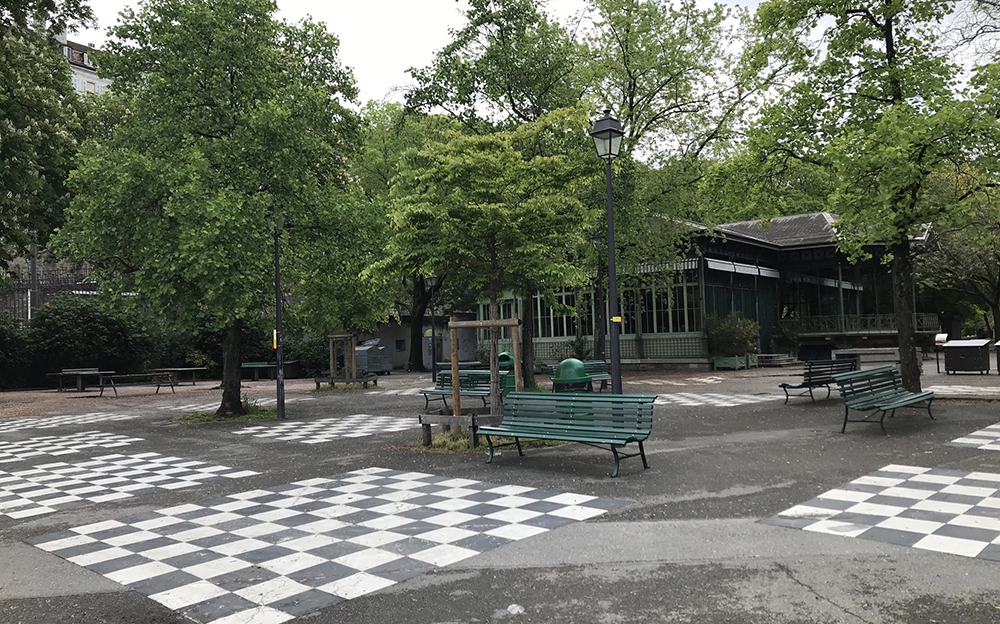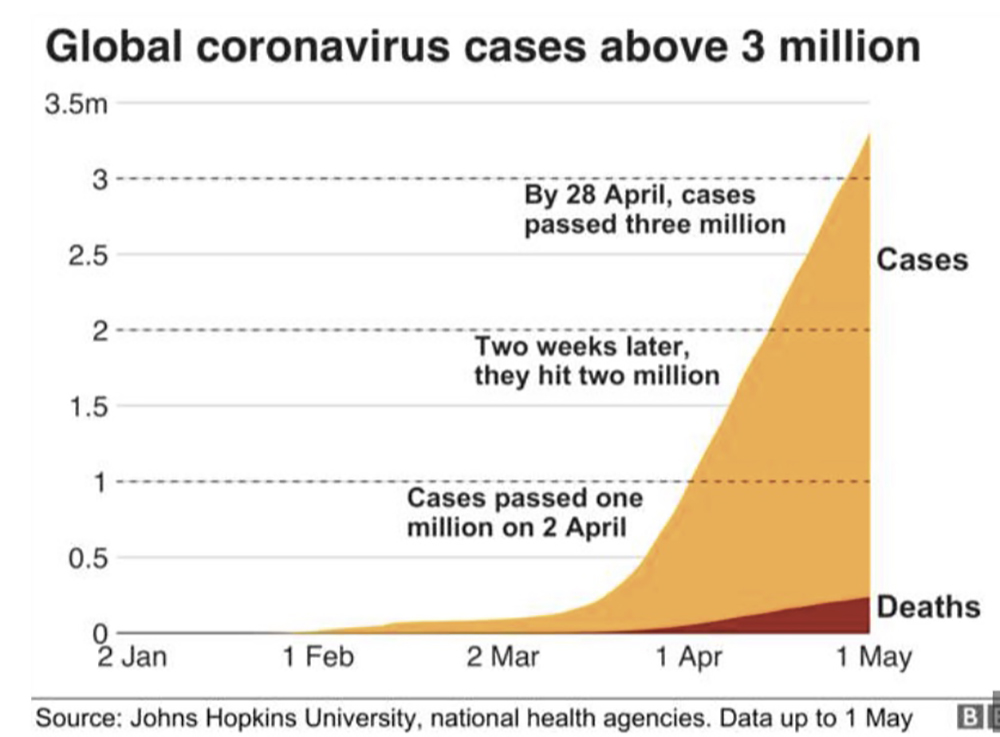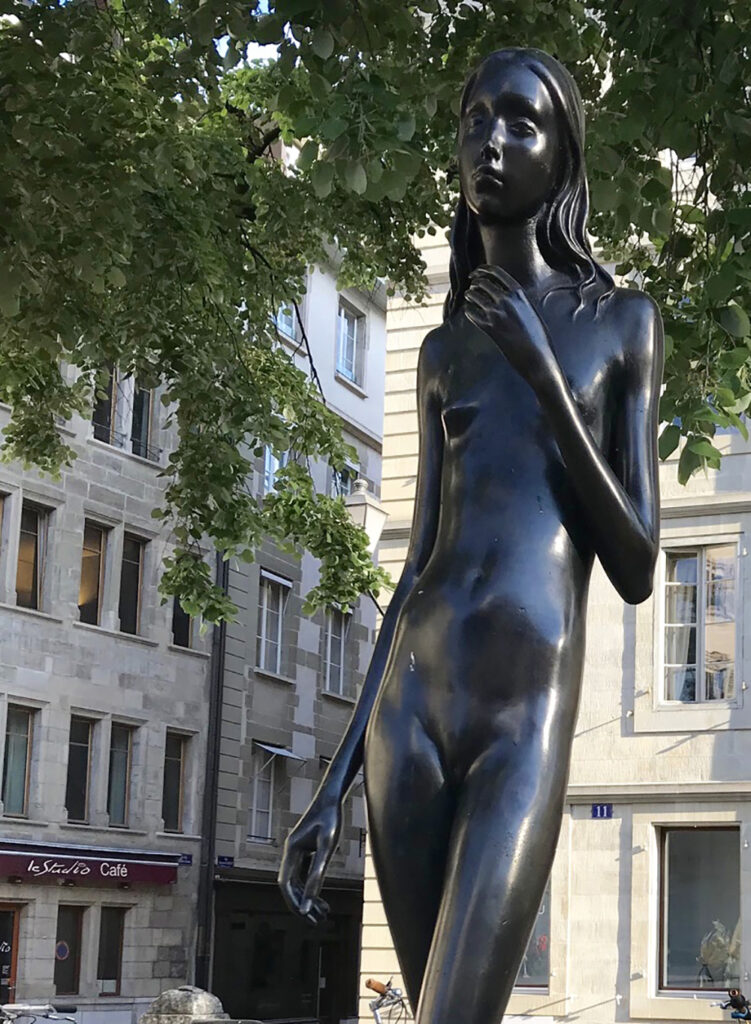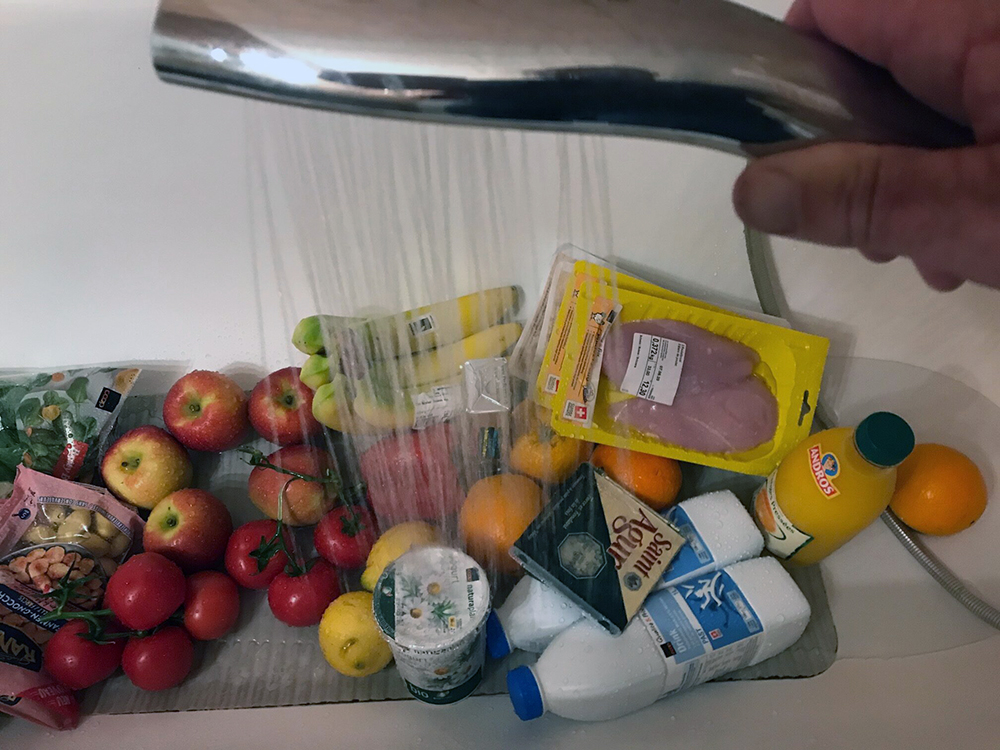Geneva, Sunday 3 May 2020
I was fishing in the New Zealand back country last year with a doctor friend. He is also a devout christian. We were stuck in camp for a rainy day or two and so our discussions ranged far and wide. I asked him how he reconciled his belief in anatomy, biology and chemistry – necessary for medical practice – with his belief in God as the creator of all things. He said “Robin, I have thought about this a great deal over the years. I’ve concluded that it’s him, the BIG man!” Nobody actually knows what belief is in neurological terms. On top, to believe that one plus one equals two rather than three is clearly a very different kind of belief to what religious people refer to as faith. My doctor-fishing-christian friend seems able to go along with one belief system i.e., science whilst letting such objective evidence be trumped by his belief in God. Fascinating! (FYI… I’m a scientist!)
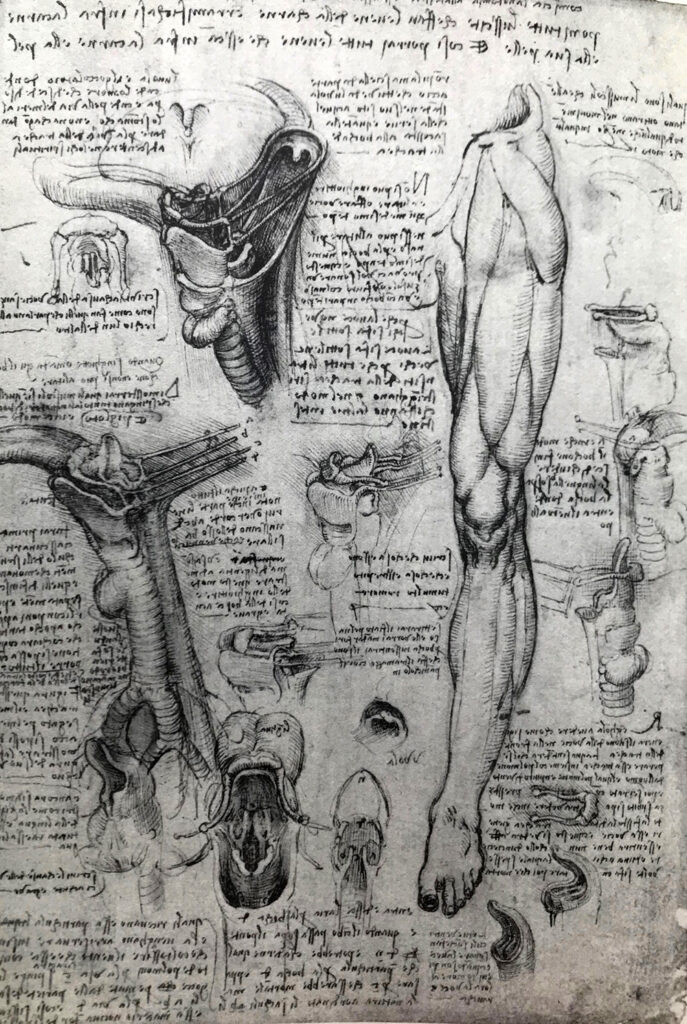
Much of medical science and practice evolved in contradiction to existing beliefs. We owe a great deal to the inquisitive genius of Leonardo da Vinci. Anatomy is the basis of medical practice and his mind-bogglingly accomplished and exquisite anatomical drawings from 1485-90 paved the way to a greater understanding of how the human body works. To put this scientific line of enquiry into the time perspective, these drawings required dissection of human bodies; a totally ungodly and illegal activity then. On top, the bodies had to be obtained through the services of grave-robbers. Our Leo risked prison or even death for his efforts.
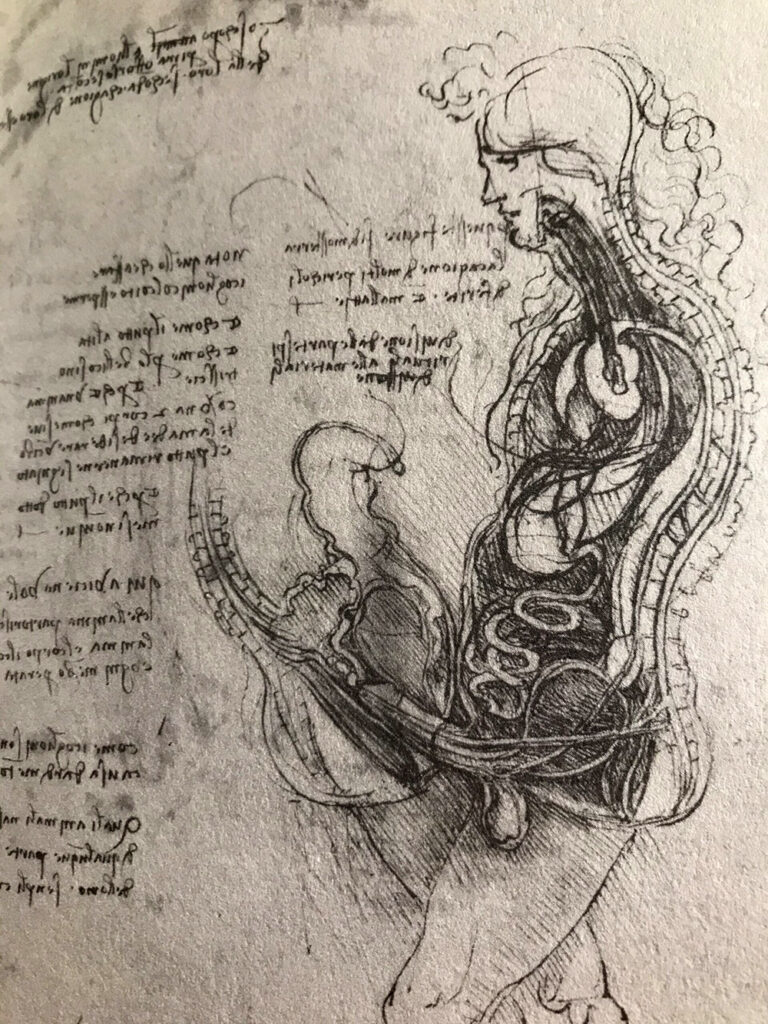
Surprisingly, even Leonardo da Vinci could not banish current belief in the face of his own evidence. Nothing like this hemi-sected couple having sex would have ever been drawn before. One could be forgiven for thinking that it is based on what he saw on the dissection table. But we’re in the domain of passion and baby-making that was then, and remains now, a whole rattle bag of the most firmly held and bizarre beliefs. At the time, two such beliefs were prominent with respect to reproductive anatomy: first, that semen was made in the spinal cord and reached the base of the penis via small tubes; second that a vein from the about-to-be pregnant uterus carried the blood from retained menstruation to make milk. Both seminal tubes and uterus-to-breast vein – though non-existent in reality – are clearly shown in this “anatomical” drawing.
The COVID-19 pandemic – coming in the era of social media – has inevitably thrown up and in our faces many and complex issues about what we believe in. Do we believe evidence if it runs counter to what we already believe? Do we believe what scientists say over what politicians say? If the scientists or doctors can’t agree, should we believe in what any scientist or doctor says? Some may well believe that us humans “deserve” this pandemic (which has a bit of a biblical smack to it.) Some, like me, believe in the science that said that the pandemic was entirely predictable; it was just a case of when. So whatever you believe in, whether God, Trump or voodoo, here’s my advice. Go with the science. It may not always be correct. The evidence may change. How we interpret that evidence may change. The evidence may not always be well presented. The evidence may be manipulated for political gain or media hoo-ha. But… at a time like this, we have no choice but to depend on it. In brief, science is not a perfect basis of belief; but as a school of thought underpinning “what we understand,” it is by far the best thing we have.
On Day 32 of the Lockdown Diary, I included – to the amusement of some – a picture of my childhood home, Calthorphe House. Here it is deconstructed and reconstructed. Some readers of this Diary might remember the wild teenage parties that nearly took that old roof off.
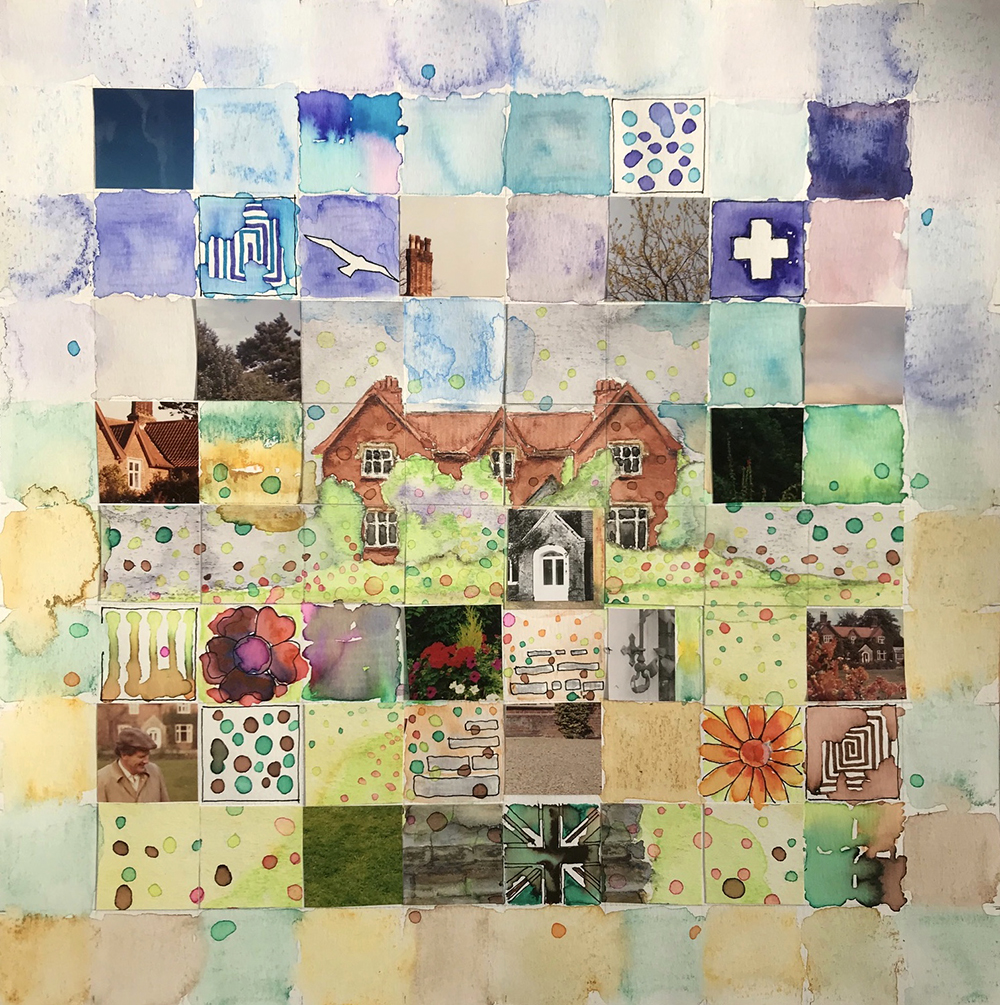
Note: The anatomical drawings by Leonardo da Vinci are taken from a catalogue of the Royal Collection. Yes, Her Majesty Queen Elizabeth II owns no less than 600!

